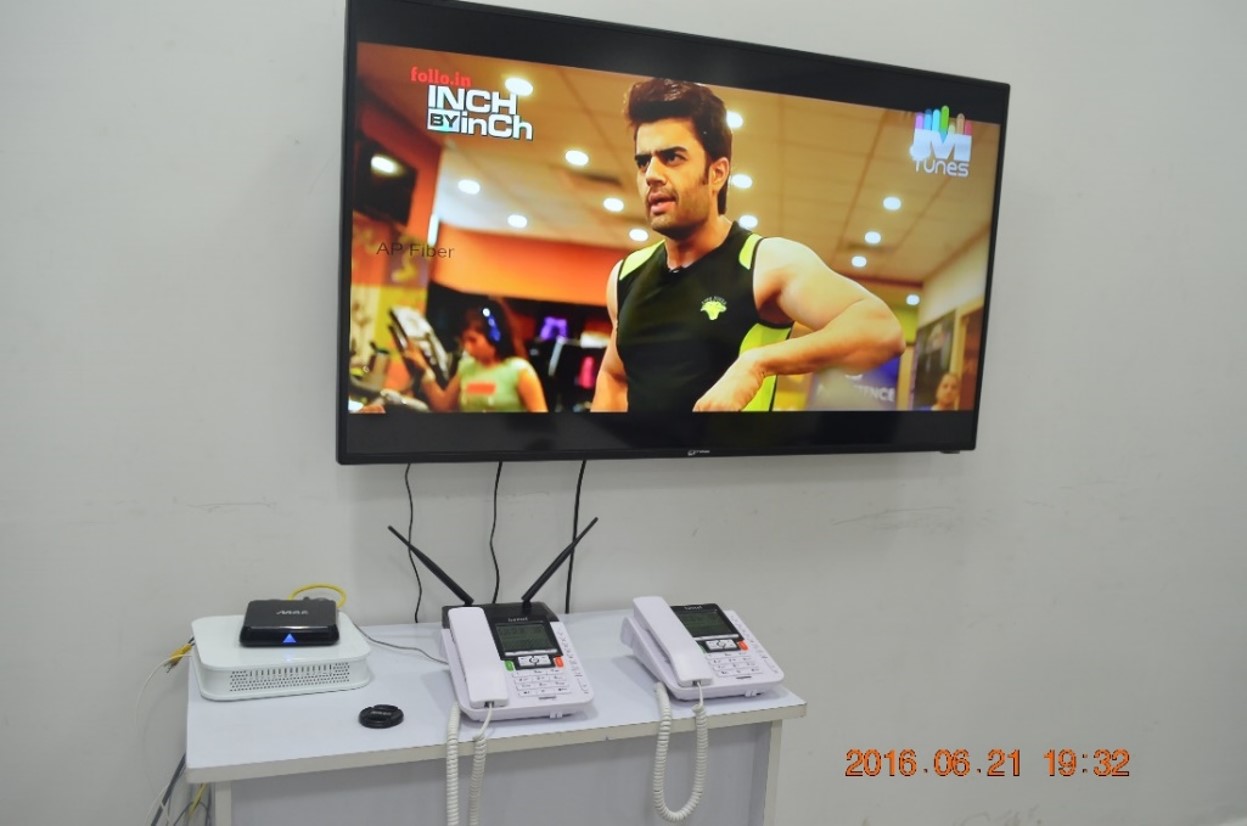
Fiber Network Infrastructure Solutions
Worldwide, Fiber optics technology is essential for building a strong network infrastructure that facilitates faster communication and increased bandwidth for both new and existing technologies. Due to the exponential increase in data usage, it is necessary to establish more fiber rollout networks. These networks have the potential to create ultra-fast digital highways, accelerate the digital revolution thus connecting people globally. As we envisage the network enhancement to 5G and IOT platforms, upgrading the existing OFC network through a massive fiber rollout will be imperative. It is essential to maintain a reliable fiber network with minimal interruptions and sustained high-quality network availability.Terasoft is specialized at creating a scalable, robust, secure and long-lasting fiber network infrastructure, designed to achieve the goal of ‘Digital India’ providing affordable & reliable high-speed internet connectivity to every household, government and private institutions in various States of India implementing FiberNet / BharatNet projects.
In FiberNet projects, Aerial optical fiber is laid leveraging the existing assets of the electricity transmission/distribution companies such as electric poles/substations etc. or via underground. The connectivity is provided by laying the Optical Fibre Cable (OFC) to rural and urban areas through PoP locations, enabling delivery of high-speed internet and high-quality video applications, etc. 24F / 48F / 96 / so on… OFC (Aerial / Underground) is laid along with accessories forming the underlying passive infrastructure. For active infrastructure, the DWDM – IP MPLS – GPON Network is deployed to serve high-speed connectivity from State Head Quarter (SHQ) to District Head Quarter (DHQ), DHQ to Zonal HQ, Zonal HQ to Block / Mandal and thus connected to PoPs / Gram Panchayats. The network is built on ring-topology architecture that is distributed across all the districts of the State. It is a 1.3 Gbit/s dense wavelength-division multiplexing (DWDM) based optical fibre network arranged in a state ring with each district ring as a 100G DWDM subnet and provides connectivity of 1 Gbps at each Gram Panchayat / PoP location.
The project include survey, supply, installation, testing, commissioning, operations and maintenance of the end-to-end network infrastructure including all active and passive network components, from Block to Gram Panchayat level during the period of contract. Network Operation Centre (NOC) is established at State level for monitoring and managing the entire network 24×7 thus improving network performance.
The network created will function as state fiber infrastructure, serving as a backbone for all state services with several features and advantages, including:
- Scalability and seamless expandability for future needs.
- High interoperability, enabling third-party service providers to offer a wide range of services.
- Support for voice, video, and data communication services, including G2G, G2C, B2B, and G2B services.
- Facilitates Horizontal connectivity to all government institutions and other public and private service institutions.
- Enabling IP/MPLS VPN services for communication.
- Network access provided to all MSO, LCO, and Telco services providers on a non-discriminatory basis.
- Support for multicast services for TV signal distribution.


In BharatNet projects, the technology called GPON (Gigabit Passive Optical Network Technology) will be utilised. A point-to-multipoint network architecture called a passive optical network (PON) is utilized to deliver fiber cabling and signals to multiple premises using a single optical fiber. In this shared environment, data security is maintained through encryption. The architecture utilizes unpowered optical splitters, thereby reducing equipment costs when compared to point-to-point architectures. The gigabit passive optical network (GPON) offers higher bandwidth and efficiency by using larger, variable-length packets. GPON offers efficient packaging of user traffic with frame segmentation, allowing for a higher quality of service (QoS) for delay-sensitive voice and video communication traffic. The main components of GPON technology are OLT, ONT/ONU, Splitters, OF cables etc.
Success Stories
At Tera Software, we are committed to upholding our core values in all aspects of our business operations. Our core values define who we are as a company and guide our decisions and actions.
A.P. Aerial FiberGrid Network Project
- Designed and established State wide Aerial Optical Fiber Network Infrastructure in the State of Andhra Pradesh leveraging existing electrical poles and sub-stations.
- Designed and established Network Operations Centre (NOC) in Visakhapatnam; Established 2445 PoPs (Points of Presence)– 12 at district level, 49 at zonal level, 605 at mandal level and 1780 at sub-station level; Laid Aerial Optical Fiber Cable laying (23,000 Kms) across 2445 PoP locations;Setup IP MPLS Backbone for NOC and IPMPLS Nodes across the PoPs; Designed, developed and installed OSS (Operations Support System) / BSS (Business Support System) software for CRM, Billing, etc.; Provisioned Triple Play utilities such as Internet, Telephone and Television using FiberGrid Network and served a Subscriber base of 10+ lakh spread across A.P.
This project is the first of its kind in the FiberNet domain in India
Odisha BharatNet Phase-II Project
- Survey, Design, Planning, Supply, Installation, end-to-end Integration, testing & commissioning of OFC (Aerial) GPON Network in the State of Odisha; Laid 20,363 Kms ADSS Optical Fiber Cable (24F, 48F & 96F) in 3065 GPs, supplied 8Port GPON OLTs at block level & ONTs across all GPs and lit up all GPs successfully.
